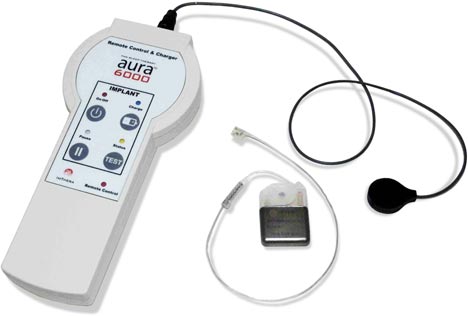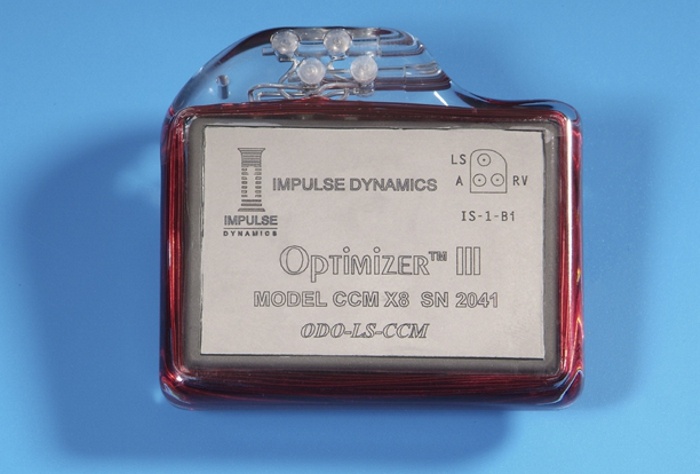
- Image Credit: University of Rochester
Nuclear energy cells that converted the impact of the β-particles on a p-n junction were developed in the 1970s. One example was CCC’s atomic pacemaker, which was powered by a promethium-147 McDonell-Douglas Betacel 400.
Lately, BetaBatt Inc. of Houston, TX licensed beta-voltaic technology developed at the University of Rochester to develop an implantable power source under the trade name DEC™ Cell, in which a silicon wafer captures electrons emitted by a radioactive gas such as tritium. The wafer is etched in a three-dimensional surface to capture more electrons. The battery is sealed in a hermetic package which entirely contains the low-energy particles emitted by tritium, rendering the battery safe for long-term human implant from a radiological-health standpoint. Tritium has a half-life of 12.3 years so that the technology is more than adequate to meet the requirements of many implantable devices. Continue reading

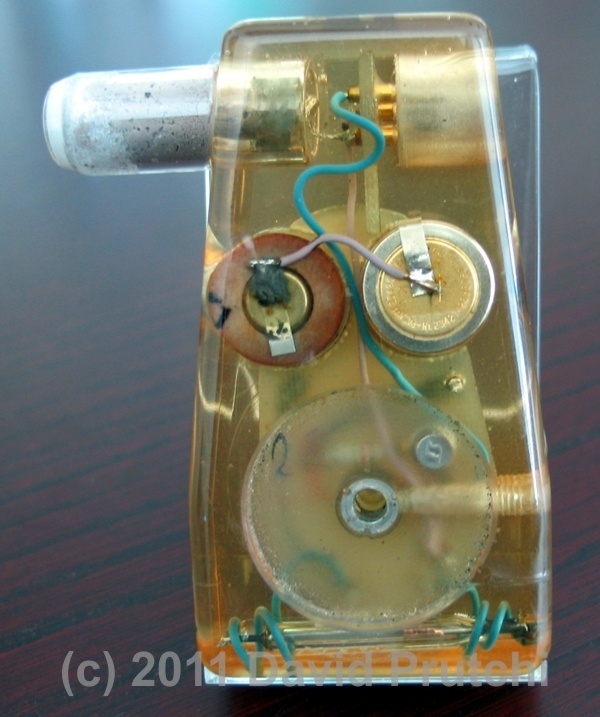
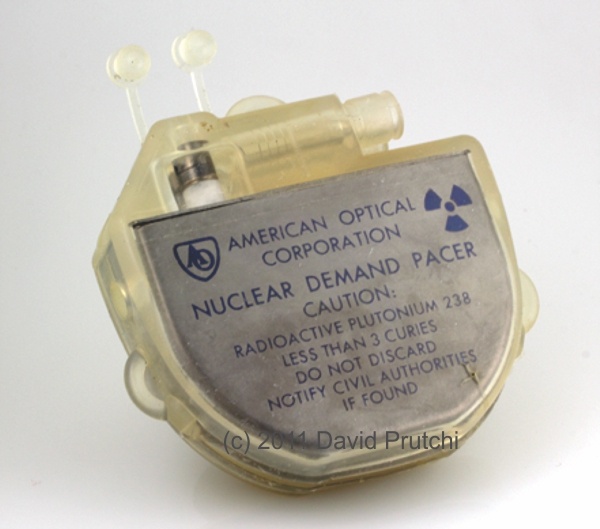
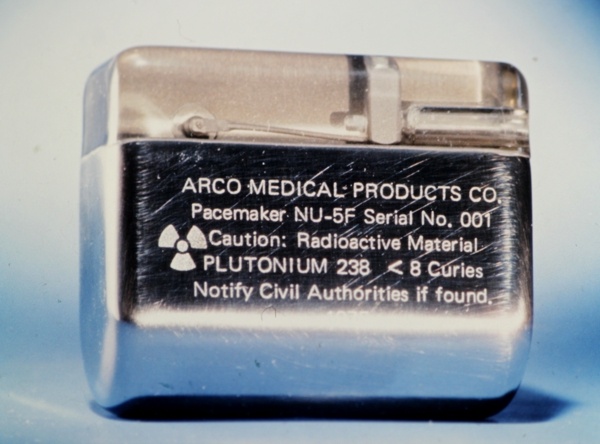
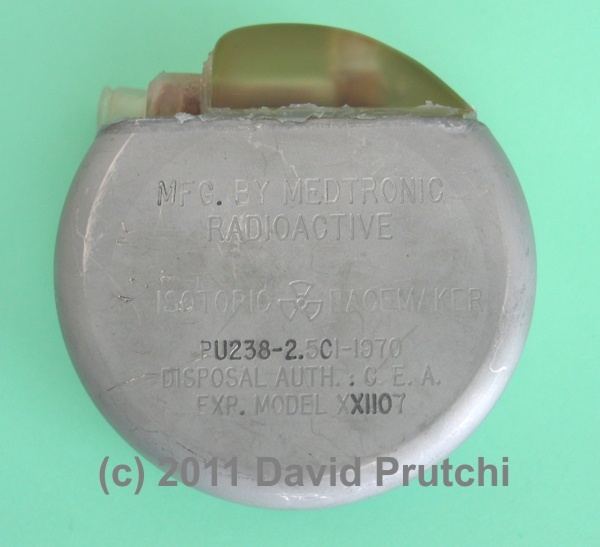

 Alfred E. Mann holds B.A. and M.S. degrees in physics from the University of California, Los Angeles and honorary doctorate degrees from the University of Southern California, The Johns Hopkins University, Western University and the Technion Institute (Israel), as well as, Research Professor, University of Southern California, and Adjunct Professor, Dept. of Bioengineering, University of California Los Angeles.
Alfred E. Mann holds B.A. and M.S. degrees in physics from the University of California, Los Angeles and honorary doctorate degrees from the University of Southern California, The Johns Hopkins University, Western University and the Technion Institute (Israel), as well as, Research Professor, University of Southern California, and Adjunct Professor, Dept. of Bioengineering, University of California Los Angeles.